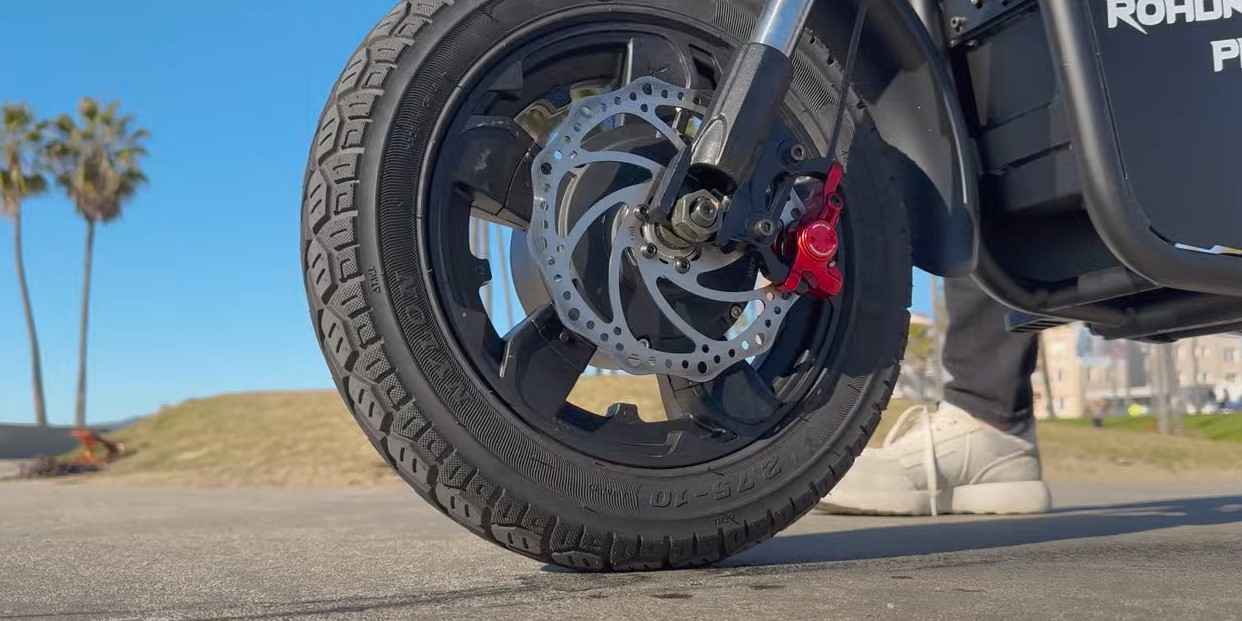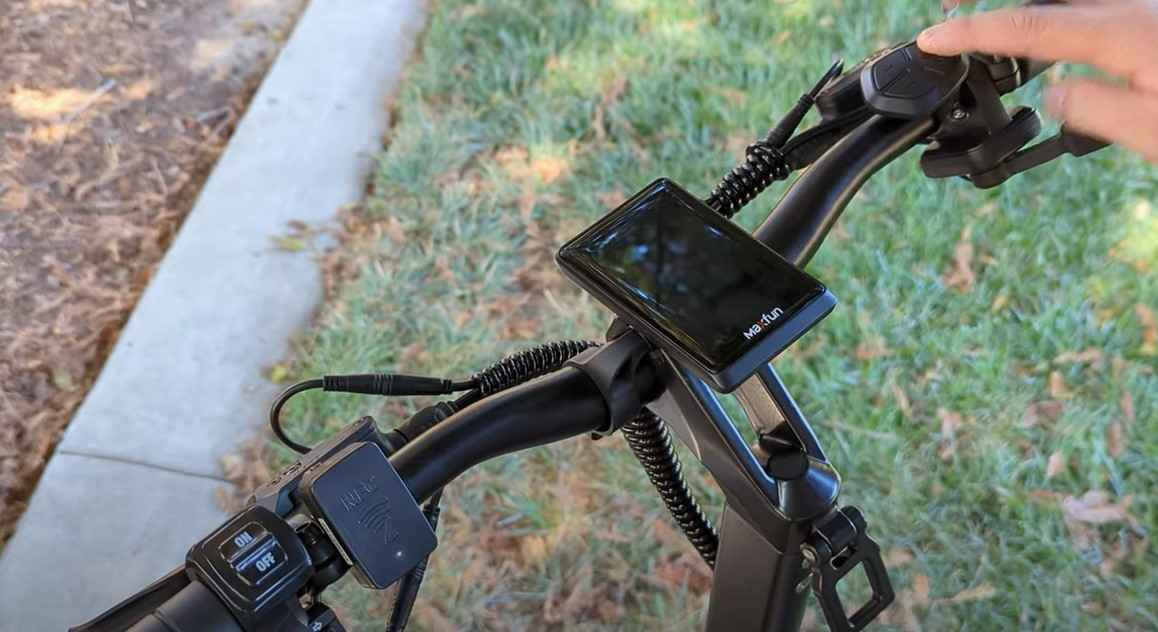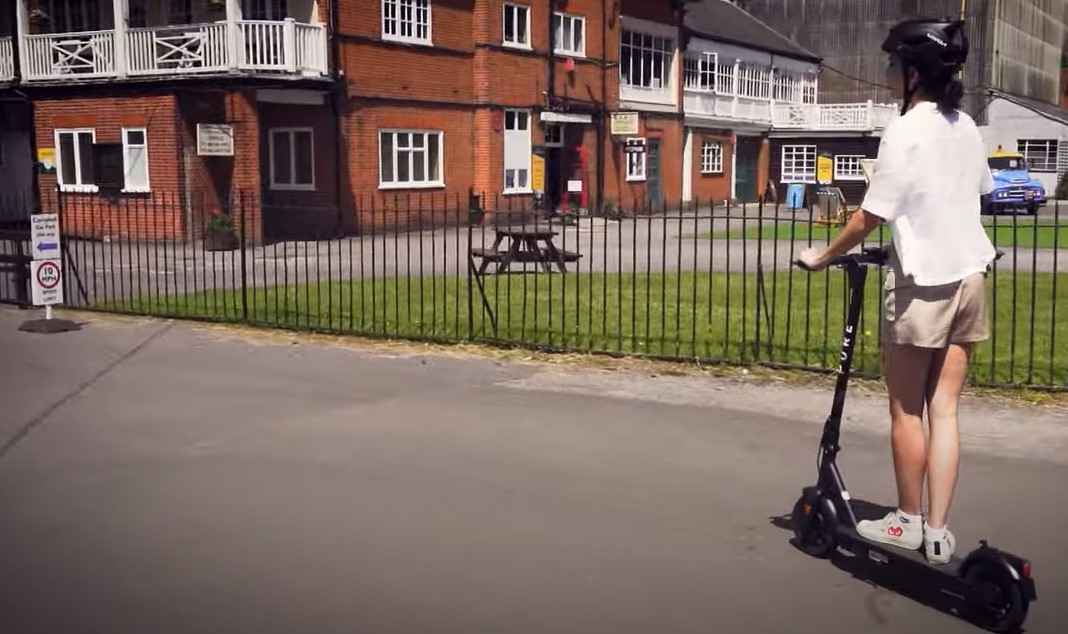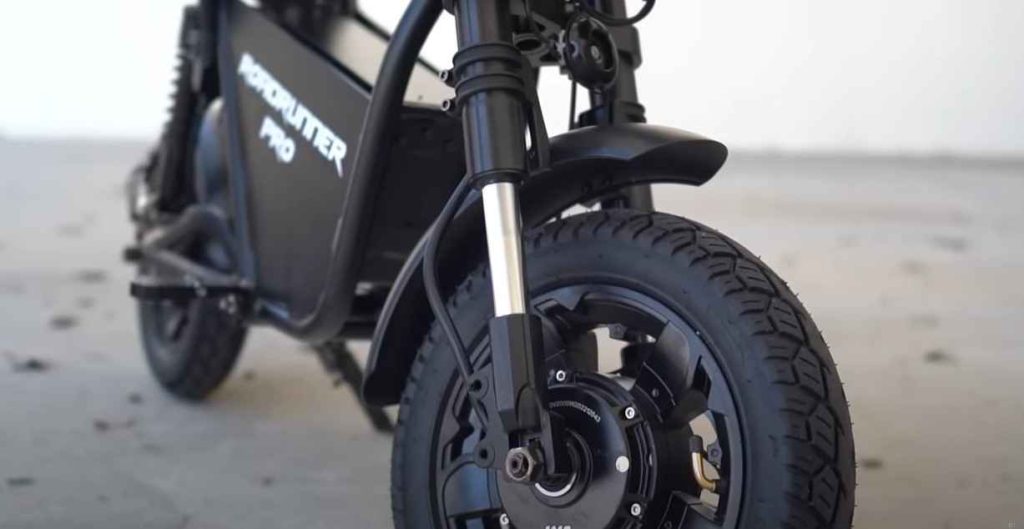Escooters are not considered automotive vehicles. They are classified as electric personal assistive mobility devices.
Electric scooters, which burst into popularity alongside the rise of the sharing economy, provide a convenient mode of transportation for short distances.
E-scooters, featuring a standing platform, handlebars, and a compact electric wheelbase, provide an eco-friendly alternative to conventional gas-powered transportation.
Urban commuters and tourists alike find these devices ideal for navigating city streets with ease, dodging traffic, and reducing carbon footprints.
Cities increasingly adopt green initiatives, and the growing visibility of e-scooters in bike lanes and sidewalks signals a shift toward eco-friendly and accessible urban transit.
Table of Contents
ToggleThe Rise Of Escooters In Urban Mobility
Escooters are changing how we travel. Across cities, they are a common sight. They offer a fresh approach to mobility. In the dense urban jungle, these sleek, electronic marvels glide past traffic. They bring a new pulse to the rhythm of city life.
Popularity And Adoption
The Escooter wave is astounding. People from all walks of life these two-wheelers. They’re not just for the young. Even business professionals hop on for their daily commute. It’s a global trend showing no signs of slowing.
- Students use Escooters to zip across campus.
- Tourists explore landmarks with ease.
- Commuters dodge traffic snarls.
Benefits For City Dwellers
| Benefit | Description |
|---|---|
| Eco-Friendly | Escooters reduce carbon footprints. |
| Space Saver | They need less parking space than cars. |
| Cost-Efficient | They are cheaper than car maintenance. |
City residents enjoy many perks. Escooters bring a breeze to daily routines. They cut down on gas bills. Say goodbye to searching for parking spots. They are perfect for those short hops that are too far to walk.
Defining Automotive Vehicles

The term automotive vehicle refers to machinery designed for transporting people or goods. Traditionally, these vehicles are self-propelled, making use of an internal combustion engine or a battery-powered motor.
The rise of E-scooters has stirred up a discussion. Are these lightweight, electrically-powered scooters part of the automotive family? Let’s dive into their characteristics and legal classifications to find out.
Traditional Characteristics
When we talk about automotive vehicles, we usually think of certain features. Here’s a brief look:
- Internal combustion engine or electric motor
- Capacity to transport at least one person
- Controlled via steering mechanism
- Requires a certain level of skill to operate
- Constructed to travel on established roadways
E-scooters tick some of these boxes. They have electric motors and can carry individuals. But, can these traits place them within the automotive realm?
Legal Classifications
Every country or state has its own rules defining what counts as an automotive vehicle. Factors include:
| Characteristic | Importance |
|---|---|
| Speed capabilities | High |
| Vehicle weight | Medium |
| Operation area | High |
| Regulatory compliance | Critical |
Some regions classify Escooters as motor vehicles. They require registration, a driver’s license, and adherence to traffic laws. Other areas view them as a distinct category, with unique rules for use on sidewalks or bike lanes.
Escooters Under The Microscope
Peering into the details of Escooters reveals much about their place in the automotive world. Are these sleek rides merely toys or do they hold their own as vehicles? We’re putting Escooters under the microscope to uncover their true nature.
Technical Specifications
Escooters boast a range of features that might surprise you. Let’s take a peek:
- Motor Power: Typically ranges from 250 to 2000 watts
- Battery Life: Expect between 10 to 40 miles per charge
- Speed: Some models zip up to 20 MPH
- Weight: Portability comes easy at 15 to 70 pounds
These specs matter. They affect how you ride, how far you go, and the overall Escooter experience.
Functional Capabilities
Escooters shine in multiple areas:
| Capability | Details |
|---|---|
| Commutes | Whiz past traffic on short urban trips |
| Eco-friendly | Emit zero carbon with electric power |
| Parking Ease | Skip the hunt with fold-and-carry convenience |
Turning to an Escooter for daily use might just be the smart, sustainable choice you need.
Comparative Analysis With Automotive Vehicles
In our ‘Comparative Analysis With Automotive Vehicles’, we examine e-scooters side by side with traditional vehicles. E-scooters, cars, motorcycles, and trucks differ significantly in design, usage, and purpose.
This detailed comparison focuses on their features, functions, and suitability for different environments. Let’s explore how these convenient two-wheelers stack up against their four-wheeled cousins.
Performance Parameters

E-scooters are designed for short distances, unlike cars suited for long drives. They are compact, agile, and perfect for city commutes. Key performance factors include speed, range, and terrain adaptability. Below is a concise comparison:
| Parameter | E-Scooter | Car |
|---|---|---|
| Average Speed | 15-20 mph | 60-100 mph |
| Travel Range | 10-30 miles | 200-400 miles |
| Terrain Adaptability | Flat, paved surfaces | All terrains |
Safety Features
Safety is vital for any mode of transportation. E-scooters and cars have distinct safety measures suitable for their operation.
- E-scooters typically sport features like:
- Compact lights for visibility
- Electric brakes for sudden stops
- Sturdy frames to withstand minor bumps
- Cars boast advanced systems such as:
- Airbags for collision protection
- Anti-lock braking systems (ABS)
- Electronic stability control for safety
E-scooters employ simple yet effective safety features suitable for their intended use and environments. Contrastingly, cars are equipped with complex systems to ensure the safety of passengers over varied and more challenging conditions.
Regulatory Perspectives On Escooters
Understanding how Escooters fit into the vehicle regulation spectrum shakes up traditional transport norms. As cities these two-wheeled travelers, laws morph to ensure safety and order.
Traffic Laws And Regulations

Escooters navigate a gray area in traffic laws. Neither fully pedestrian nor standard vehicles, they demand unique rules. Already, urban areas are adapting traffic laws to address this growing trend.
- Road use restrictions
- Speed limits
- Rider age minimums
Authorities are clear: safety is paramount. Regulations often vary by city, creating a patchwork of obligations for riders to follow.
Licensing And Registration Requirements
Do you need a license for an Escooter? This question puzzles many. Licensing often hinges on the vehicle’s power and speed. Some regions mandate licenses; others don’t.
| Area | License Required? | Registration Needed? |
|---|---|---|
| City A | Yes | No |
| City B | No | Yes |
Registration often takes a backseat, but it’s essential to track vehicle ownership and ensure responsible use.
Public Sentiment And Acceptance
Understanding public opinion on Escooters as automotive vehicles sheds light on their future in our cities. They integrate not only users but also pedestrians, policymakers and transportation enthusiasts. . Let’s delve into the views and impact of Escooters on our urban landscapes.
Consumer Attitudes
Consumer attitudes toward Escooters are essential in determining their success. Younger demographics show greater enthusiasm, seeing Escooters as cool and eco-friendly. Parents recognize them as cost-effective for teenagers.
Concerns linger about safety and regulations among older adults. Overall, many are willing to embrace Escooters as long as they are safe and reliably regulated.
Impact On Urban Traffic Culture
Escooters are changing how people move in cities. They offer quick trips without cars, reducing traffic jams. Busy urban dwellers find eScooters as a means to avoid parking hassles.
Some drivers see them as obstacles, while city planners consider them cornerstones for future urban mobility. The conversation continues as eScooters influence urban traffic dynamics.
Environmental And Sustainability Considerations
Understanding how e-scooters impact our planet is vital. These trendy rides offer a fresh angle on sustainability in transit.
Emission Standards
E-scooters glide through streets, emitting zero pollutants. No gas means no harmful exhaust. This feature positions them as allies against urban air pollution. They surpass cars and buses in clean operation, aligning with strict emission standards.
Development Of Green Transport
Advancing towards eco-friendly travel means embracing vehicles like e-scooters. They represent a shift to green transport solutions.
Key factors include their energy efficiency and low carbon footprint. Efforts to refine their sustainability further involve:
- Using renewable materials in production
- Designing longer-lasting batteries
- Creating recyclable components
Local policies now promote e-scooters as eco-efficient travel options. Integrating them in public transport networks significantly reduces overall emissions.
Challenges With Classifying Escooters

Escooters glide through our city streets, weaving a web of convenience and fun. But when we try to define what they are, things get tricky. Are they vehicles? Are they toys?
Escooters face challenges fitting into a single category, causing issues with road rules and market positioning..
Legal And Policy Ambiguities
Laws vary widely, and Escooters often find themselves in a gray area. Here are some points to consider:
- Escooters don’t always fit the definition of a motor vehicle.
- Some places classify them as mopeds or bicycles.
- Riders might need licenses, or maybe not.
- The rules about where they can go can confuse users.
Struggle For Market Identity
The market sees Escooters in diverse lights. Let’s unwrap this:
- Is an Escooter a tech gadget or a serious mode of transport?
- Manufacturers market them as urban essentials, but not everyone’s convinced.
- They sit between personal use and shared services.
- Competing with bikes and cars for space and recognition is tough.
The Future Of Escooters In Automotive Trends
The razor-edge of technology transforms vehicles as we know them. Escooters emerge as a game changer in urban transportation. They signal a shift in how we perceive mobility. The automotive industry these compact powerhouses. Let’s delve into the advancements catapulting Escooters to the forefront of automotive innovation.
Innovations In Electric Mobility
Technological leaps in battery life and motor efficiency redefine Escooter capabilities. These scooters are no longer simple toys but viable transport options. Key innovations include:
- Long-range batteries: Travel further on a single charge.
- Regenerative braking systems: Recover energy for extended use.
- Smart connectivity: Sync your scooter to a mobile device for enhanced control.
Design enhancements also take center stage. Folding mechanisms and lightweight materials ensure eScooters are both portable and durable. This evolution positions them alongside cars, buses, and bikes in the urban environment.
Integrating Into The Automotive Ecosystem
Escooters are not standalone devices. They form a network within the broader automotive ecosystem.
| Integration Aspect | Benefits |
|---|---|
| Public Transport Links | Seamless travel from scooters to trains. |
| Parking Solutions | Small size allows for innovative storage options. |
| Charging Stations | Shared facilities with electric cars. |
Vehicle-to-everything (V2X) communication paves the way for Escooters in smart cities. They communicate with traffic lights and other vehicles. This ensures safer rides and better traffic flow. With automotive giants investing in Escooter startups, the integration deepens.
Escooter sharing programs become a part of city infrastructure. They stand side by side with car rentals and bike shares. This collaborative approach paves the path for a greener future.
Frequently Asked Questions For Are Escooters automotive Vehicles
Is An Electric Scooter An Automobile?
An electric scooter is not classified as an automobile; it’s considered a personal electric vehicle. Automobiles are typically larger, have more features, and require registration and licensing.
What Is An Electric Scooter Classified As?
An electric scooter is classified as a personal light electric vehicle (PLEV).
What Are The Laws For Scooters In Texas?
In Texas, scooter riders must have a valid Class C driver’s license, and scooters must have working brakes, lights, and reflectors. Riders under 18 need helmets. Riding on sidewalks is typically prohibited. Check local ordinances for additional regulations.
What Is Electric Scooter Business?
The electric scooter business involves renting or selling electric scooters to consumers for personal transport in urban areas. It often includes app-based rental services.
Conclusion
Wrapping up, it’s clear that e-scooters challenge traditional vehicle categories. They offer a nimble alternative to cars and bikes, bridging gaps in urban transport. As regulations evolve, so will their classification. For city dwellers seeking greener paths, e-scooters remain a symbol of modern mobility.
Embrace the ride, explore your city and join the eco-friendly revolution on two wheels.




